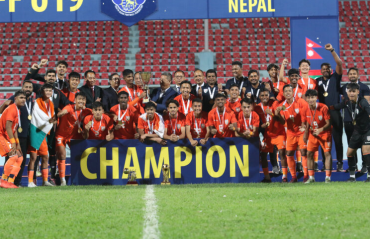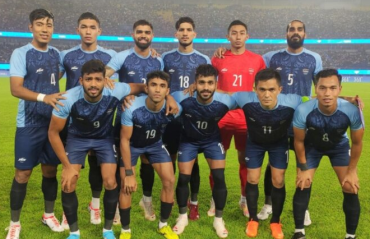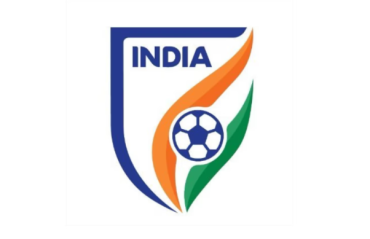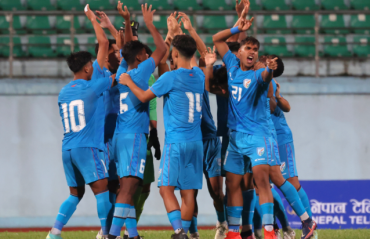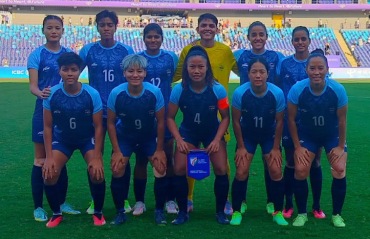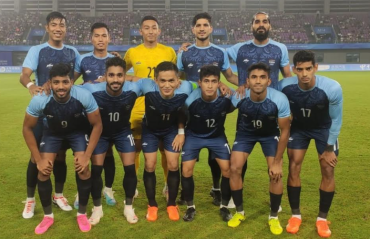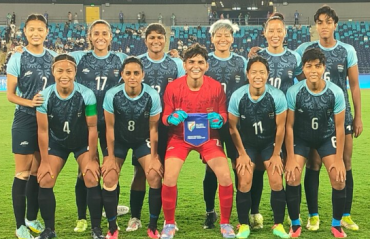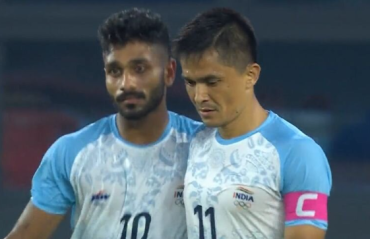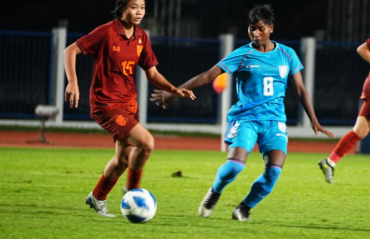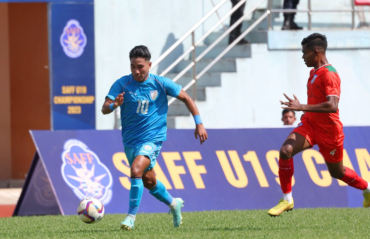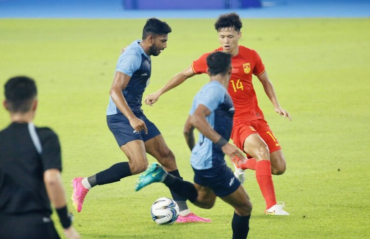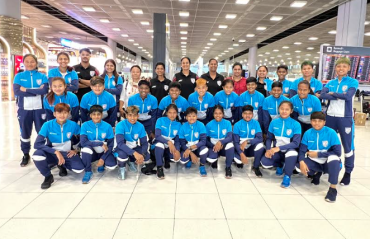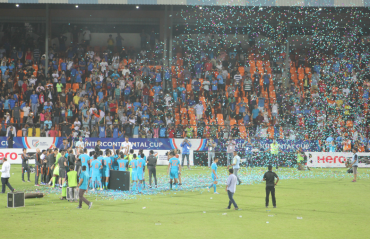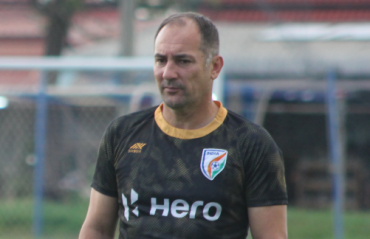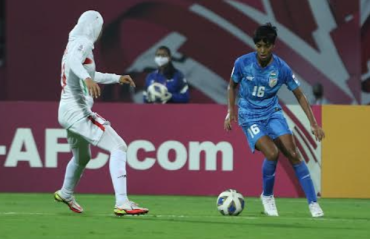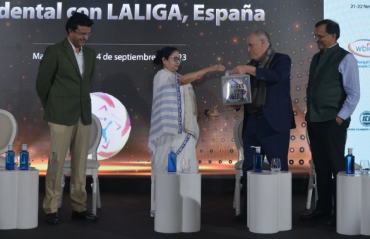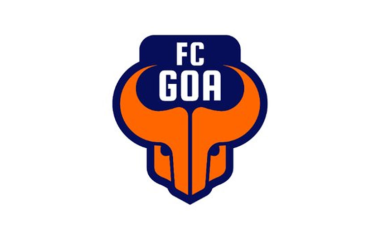SUNBURNT TERRACE -- Connecting the dots: I-League telecast controversy and Indian football's distrust issue
- By Chiranjit Ojha

- January 01, 2019

A RECENT ANNOUNCEMENT BY STAR SPORTS THAT they will not telecast almost half the remaining matches of the I-League 2018-19 season has caused a major standoff between the clubs, the AIFF and their commercial partners FSDL. It has seen several clubs speak out alleging step-motherly treatment, and has prompted 6 of them to launch a joint platform called Indian (Private) Clubs' Association, vowing to move to the courts if need be.
And at the root of this conflict may be poor communication.
Many of the clubs felt understandably betrayed when a statement came out that listed just a limited number of matches for telecast for the reaminder of the I-League season. In the 2017-18 season, Star Sports had carried 88 out of 90 matches live; and that had seen fan interest go up in the league as well as the clubs' hope of landing better sponsors. This decision from Football Sports Development Limited - in which Reliance and Star are primarly stakeholders - is undoubtedly a blow to that.
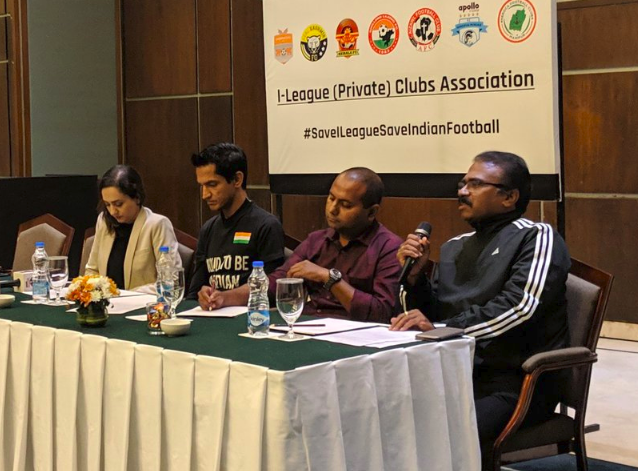
From many of the I-League clubs, the reaction has been swift, with a number of clubs including defending champions Minerva Punjab and current league leaders Chennai City FC openly criticizing the broadcaster's decision. Some have even called for a boycott of Star Sports.
It is extraordinary indeed when clubs whose sponsorship prospects depend heavily on whether their matches are televised or not call for a boycott of the very network that airs their matches.
But what's the reason behind this sudden swing from these I-League clubs? It's not like the top division league hasn't had its fair share of dark games before. In the DD Sports era no one knew if the game would be on TV until the feed kicked in, and even when Zee Sports / Ten Action were in charge of the broadcast, only about 75 matches per season were telecast. Last season with 88 matches televised the league had its highest number of matches live on TV ever. And this season, with 80 games, it would have the second highest number of games on TV.
The answer is - lack of transparency. A senior official in one of the I-League clubs who have been vocal on social media about this issue told TFG on the condition of anonimity,
"We were never told that so many of the matches will not be telecast. Not having matches on TV means our sponsors don't get any value out of it and our players are also devalued. If one of our players scores a brilliant goal and no one sees it, he will be robbed of the extra value in the market that he would otherwise get."
So here is the bottom line of the issue - clubs were under the impression that all their games would be televised and now that ladder has been pulled out from under them.
The I-League clubs' concenrs are twofolds:
1) No telecast means the clubs make less revenue from sponsors
2) Loss of future transfer revenue due to no telecast
But that's not all; there's a third aspect to this that explains why some clubs are more up-in-arms about this than others.
One look the confirmed list of matches to be telecast tells you that it hurts some clubs worse than others. Not counting the last round for which the listings are yet to come out, here's how many games of each club are getting beamed on Star Sports 3:
Mohun Bagan - 9
East Bengal - 8
Chennai City - 8
NEROCA - 6
Real Kashmir - 4
Shillong Lajong - 4
Gokulam Kerala - 3
Churchill Brothers - 3
Aizawl FC - 3
Indian Arrows - 2
Minerva Punjab - 1
So the disparity is quite apparent. And we don't have any word from FSDL or Star Sports about how they picked which games they would show; it's possible they took the TRP they get from each club into account, and 2 pm matches on weekdays have been kept at a minimum (only 3) since those get the least amount of eyeballs.
But the bad optics of the situation can't be denied: FSDL, which owns ISL, televises every match without fail on prime time, and by their sole decision I-League clubs will continue to have early afternoon kick-offs and even then half of its matches will not be televised. Then, clubs like East Bengal and Mohun Bagan who are about to join ISL in 2019 are getting almost all their matches shown on TV while defending champions Minerva Punjab have been practically wiped off the TV. This comes after the club's owner Ranjit Bajaj has been repeatedly at loggerheads with the AIFF; even taking the Federation to court on multiple occasions.
It is hardly surprising, then, that it is Ranjit Bajaj and Henna Singh, his wife and Director of Minerva Punjab FC, who are most vocal against this. A big part of their budget comes from their main sponsors Apollo, and that deal hinges on how many matches are on TV. So not being live on TV will directly affect how much revenue they make this season. This, along with the common concern regarding the loss of potential transfer revenue. The same
applies, more or less, to every other club that's lower in the list of telecasts shared above.
So who is to blame for this fiasco? Further digging reveals a tale of sheer negligence.
From the side of FSDL, the claim is that they made it clear to AIFF that all games were not going to go on TV. At first they wanted to show 50 matches, which was then bumped up to 80. It was the AIFF's job, from there on, to brief the clubs on the details about the telecast situation. And this is where the thread snaps: somehow the clubs never got the memo.
When TFG contacted I-League CEO Sunando Dhar, he said,
"We're talking to FSDL to ensure that maximum number of matches are telecast. At the start of the league FSDL had said that around 50 matches would be shown and then we'll take a call. Then negotiations went on between FSDL and AIFF where we wanted to push that number up and then 30 more matches were added. At no point of time, either verbally or in writing, was any number of matches confirmed [for telecast]. I myself did not know the number of matches until I got the communication from FSDL."
Which raises the question - didn't AIFF have the responsibility to clearly communicate that FSDL have NOT agreed to telecast all the matches, at least not yet? If the clubs are not told that the telecast agreement with Star Sports had changed, wouldn't they assume it was the same as the previous season and expect every match to be televised?
But the something that makes the situation worse: multiple high ranking officials from I-League clubs confirmed to TFG that they had, indeed, been told all matches would be televised. One official said,
"We were categorically told all matches will be telecast. It was not in writing but verbally like the last season."
But while this alleged promise was true for last season, it's definitely not so this time.
The fallout from this development has seen an already tense relationship between the independent clubs of I-League and AIFF get much worse, with lack of trust becoming even more apparent. The rhetoric has taken a turn for the worse, with Minerva Punjab owner Ranjit Bajaj even accusing FSDL people of "threatening" I-League clubs.
None of the representatives of other clubs that TFG contacted corroborated that claim.
But the bitterness stemming from this issue is apparent and has boiled over into the public view. It has even made the division among I-League clubs clear for all to see; East Bengal and Mohun Bagan have turned their back on this controversy, staying mum and making it clear they have sided with AIFF and FSDL. Churchill Brothers have also stayed silent, while the clubs with a lot to lose like Minerva Punjab, Chennai City, Gokulam Kerala FC and Aizawl FC etc are raising their voice.
With re-structuring of the league system likely to take place in 2019, reducing I-League's presence in the airwaves has confirmed what many fans had already suspected: I-League is about to be killed, and if a forceful relegation to the second tier League One is not bad enough, these clubs are also getting their brands value diminished by going off TV.
So, where does it go from here? There's no clear solution in the horizon. Chennai City FC in a tweet had demanded a meeting with AIFF President Praful Patel regarding the matter and word is that meeting's not happening any time soon, with the attention of the AIFF brass turning to the Asian Cup.
It probably also doesn't help that Chennai City FC, Minerva Punjab FC and Gokulam Kerala FC - the only three clubs whose representatives spoke at the inaugural press conference of the clubs' alliance IPCA - are all clubs who entered the I-League through direct corporate entry, not through promotion by winning the 2nd Division League, and have signed contracts which specifically says that in the event of a restructuring of leagues they will have no claim for a place in the new top flight league (ISL). So AIFF have a legal basis to brush these clubs' demands off, saying they themselves agreed to get relegated in the first place.
The I-League CEO Sunanda Dhar is doubly busy trying to mitigate this situation. Before running off to a meeting he stopped to tell TFG,
"At this moment we're trying to see if the rest of the matches can at least be streamed... we're talking to some people to make sure that happens."
Ranjit Bajaj meanwhile has taken the route of maximum offence, attacking FSDL and Reliance with no ambiguity and vehemently opposing the impending restructuring of leagues which will appoint ISL as the new top division league,
"We want the I-League to be the top league and the other ISL clubs to join us. And a private body cannot be in charge. All decision regarding the administration of Indian football... a private league cannot represent India, simple."
No matter who is responsible for this fiasco, one thing is clear: ultimately it's the independent clubs of I-League, who happen to have less money than the heavyweight clubs and franchises but work doubly hard on youth development and regularly introduce new talent into the Indian football circuit, who are losing out in all of this. And the anger, the voices of protest we are hearing from them is a result of the system being changed in a way that prices them out of a prideful place in Indian football's upper ranks.
So, can this turn out less bad than it seems? Maybe. Back in 2016, when I-League matches were still on Ten Action, a similar list of upcoming televised matches came out. That list, too, gave priority to big clubs like East Bengal, Mohun Bagan and Bengaluru FC while others got less matches. One club in particular, namely Mumbai FC, did not have even a single game featured on TV.
What followed was a late night flurry of phone calls, heated conversations, a prompt outcry from fans as well as a number of media articles highlighting this uneven treatment of clubs. And FSDL stepped in to rectify the situation; a good few matches of Mumbai FC were added to the list of televised matches.
Maybe something like this will happen this season as well. Or maybe it won't. But even if it does, will the mutual trust between the Federation, the clubs and the commercial partners ever recover? And what message does this send to potential investors who are considering starting new independent clubs? How will the new league structure sustain if most of its stakeholders who make up the base of the pyramid think that the Federation can go back on their word in the middle of the season in a way that will turn their revenue structure for that year upside down?
If AIFF and FSDL don't act to control the damage now, the long term fallout may be worse than they have bargained for.









